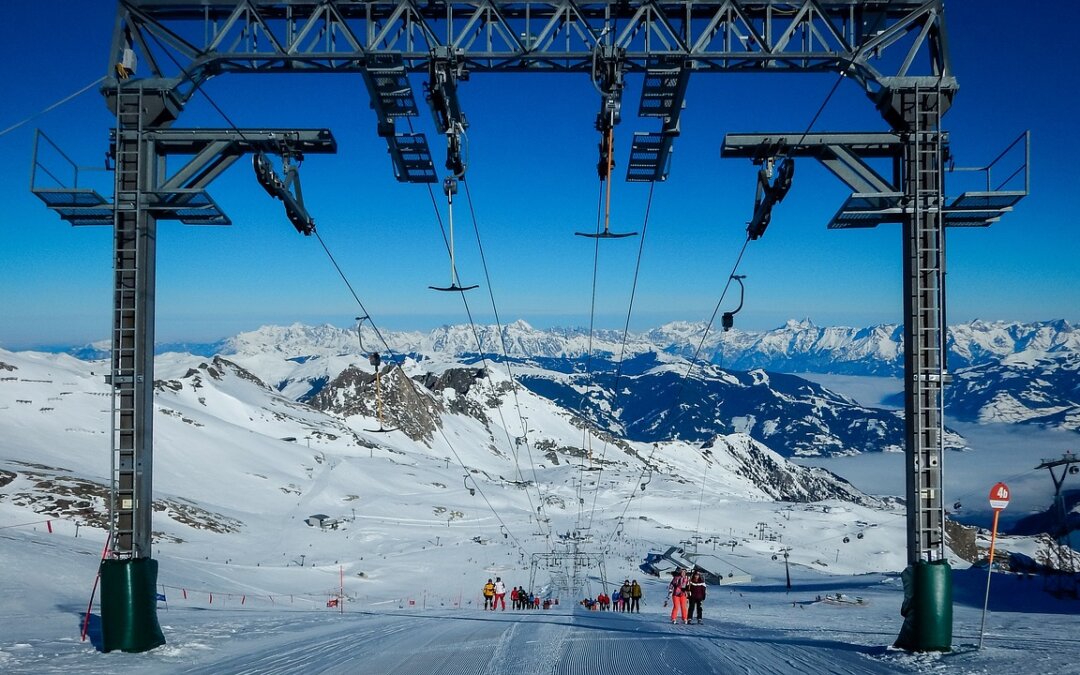As the winter chill settles in and the festive season approaches, December offers the perfect opportunity for a memorable winter getaway. Whether you’re an avid skier, a culinary enthusiast, someone seeking the magic of a snow-covered landscape or you just want to get away from the cold, there’s a destination to suit every taste. In this guide, I’ll explore some of the best places to visit in December, highlighting not only their average temperatures but also compelling reasons why they stand out during this enchanting season.
**
Planning your winter escape should be as exciting as the trip itself. If you’re looking for professional assistance in curating the perfect winter vacation, consider hiring me as your personal travel advisor. With a keen eye for detail and a passion for crafting unique experiences, I’m here to help you create memories that last a lifetime. Get in touch for a free discovery call!
**
1. Val d’Isère, France
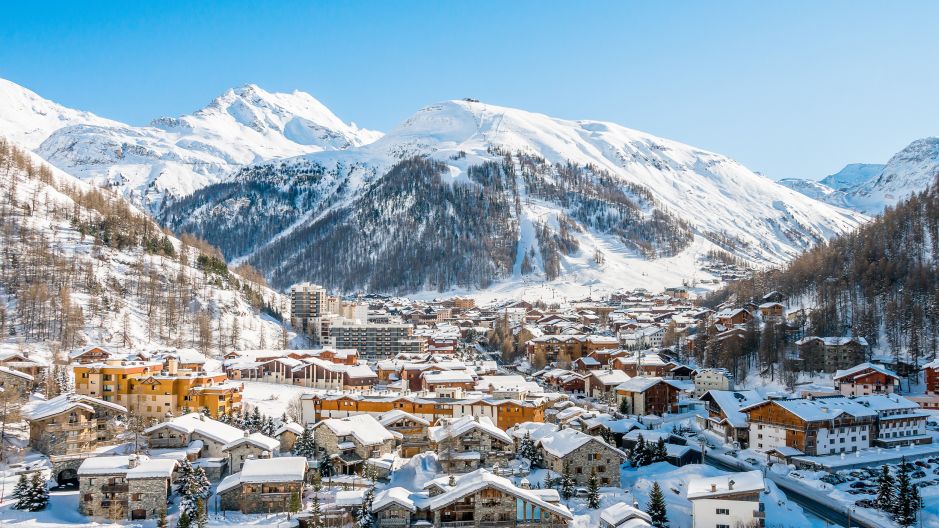
– Daytime Temperature: 32°F
– Nighttime Temperature: 18°F
Reasons to Visit:
World-Class Skiing: The variety of slopes, from gentle runs for beginners to challenging descents for experts, ensures that there is something for everyone, making Val d’Isère an inclusive and welcoming destination. With peaks reaching up to 9,800 feet, the resort boasts high-altitude terrain that not only enhances the overall alpine atmosphere but also contributes to more reliable snow conditions. Higher altitudes often mean colder temperatures, which support the preservation of snow and the maintenance of quality skiing surfaces throughout the season. Moreover, the timing of the ski season in Val d’Isère is advantageous for those looking to avoid the peak crowds. Early December, before the peak season around Christmas and New Year, offers a quieter atmosphere on the slopes. This means shorter lift lines, allowing skiers and snowboarders to maximize their time on the mountain without the hustle and bustle commonly associated with peak holiday periods
Quaint Alpine Village: Beyond the exhilarating slopes, Val d’Isère exudes an enchanting alpine village charm with its traditional chalet-style architecture, narrow cobblestone streets, and a warm, welcoming atmosphere. The picturesque village, nestled in the Tarentaise Valley amidst breathtaking mountain views, invites visitors to explore cozy local shops, boutiques, and rustic mountain huts. The ambiance is heightened by the presence of charming cafés and restaurants where one can savor local Savoyard cuisine and enjoy après-ski activities. The festive events, Christmas markets, and cultural celebrations add vibrancy to the village, fostering a sense of community. With its blend of scenic surroundings, friendly locals, and a lively après-ski atmosphere, Val d’Isère captivates not only winter sports enthusiasts but also those seeking an authentic and delightful alpine experience.
2. Whistler Blackcomb, Canada
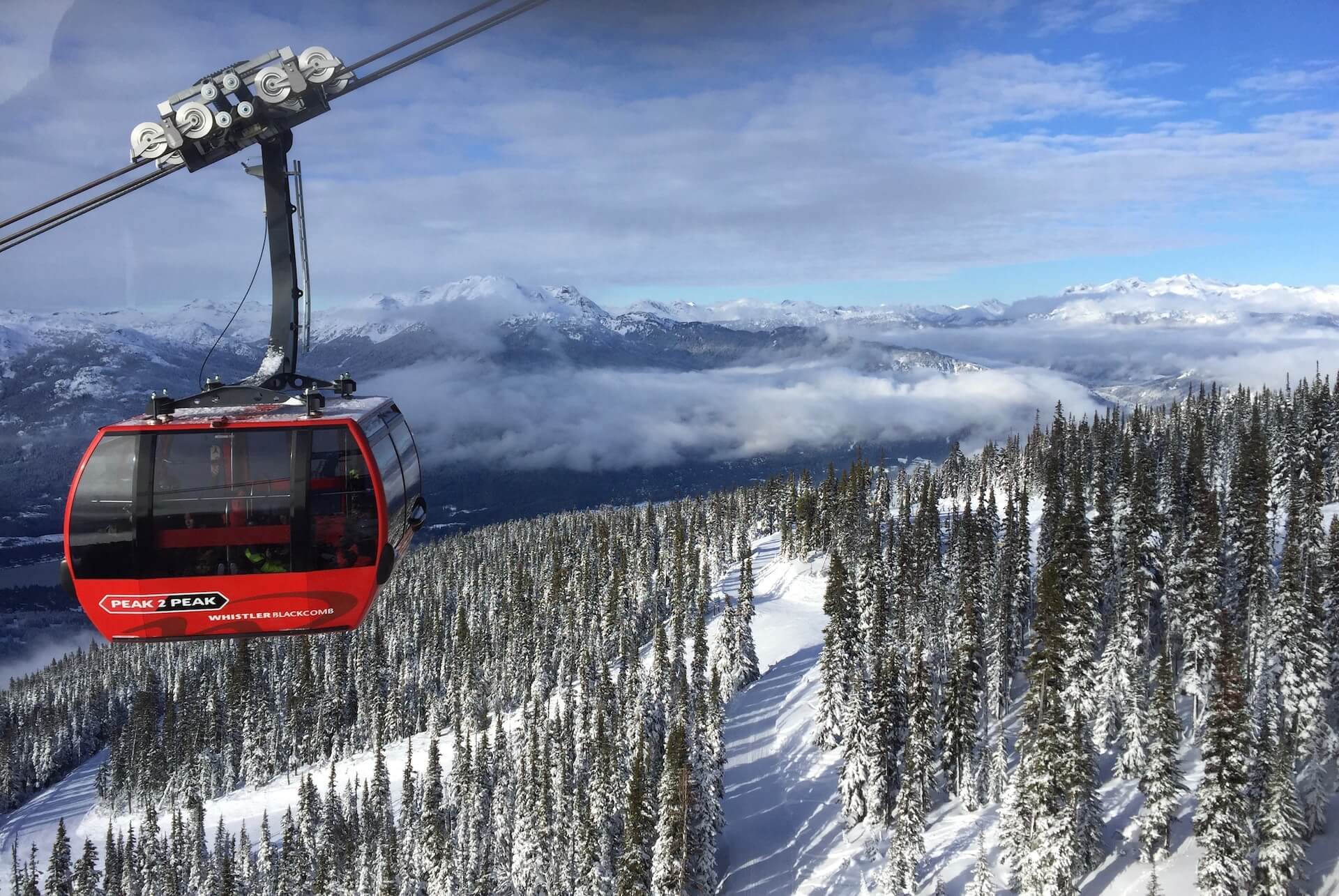
– Daytime Temperature: 27°F
– Nighttime Temperature: 19°F
Reasons to Visit
Skiing Extravaganza: The scale of North America’s largest and most sought-after ski resort. is truly impressive. With an expansive ski area that includes two adjacent mountains, Whistler and Blackcomb, visitors have access to an enormous playground of snowy slopes. This not only enhances the overall skiing experience but also contributes to a sense of exploration and adventure as skiers navigate through the diverse landscapes. The resort’s commitment to providing exceptional skiing experiences is further exemplified by its state-of-the-art infrastructure. Whistler Blackcomb boasts a comprehensive lift system, including high-speed gondolas and chairlifts, ensuring efficient and convenient access to the various peaks and trails. This infrastructure minimizes wait times, allowing visitors to spend more time on the slopes and less time in transit. Additionally, Whistler Blackcomb is known for its consistent and reliable snow conditions. Its geographical location and elevation contribute to a season that typically extends well into the spring, providing a lengthy window for skiing and snowboarding enthusiasts to enjoy optimal snow quality.
Whistler Village: Nestled at the base of the renowned Whistler Blackcomb ski resort, Whistle Village extends the allure of this winter wonderland beyond the slopes, offering a vibrant and dynamic atmosphere that enriches the overall experience. From cozy mountain bistros to upscale dining establishments, Whistler Village’s dining scene is a gastronomic delight, allowing visitors to unwind and indulge in delectable cuisine after a day of skiing or snowboarding. Complementing the culinary offerings are the boutique shops that line the village, providing a delightful shopping experience. These shops showcase a mix of local craftsmanship, outdoor gear, and high-end fashion, allowing visitors to explore and discover unique treasures. Beyond the culinary and shopping delights, Whistler Village is a hub of social activity. Apres-ski culture comes to life with lively bars, cafes, and lounges where visitors can relive their day on the slopes, enjoy live music, and connect with fellow winter enthusiasts. In addition to its vibrant social scene, Whistler Village hosts a variety of events and cultural activities throughout the winter season. From festive holiday markets to art exhibits and live performances, there’s always something happening that adds to the village’s dynamic character.
3. Zermatt, Switzerland
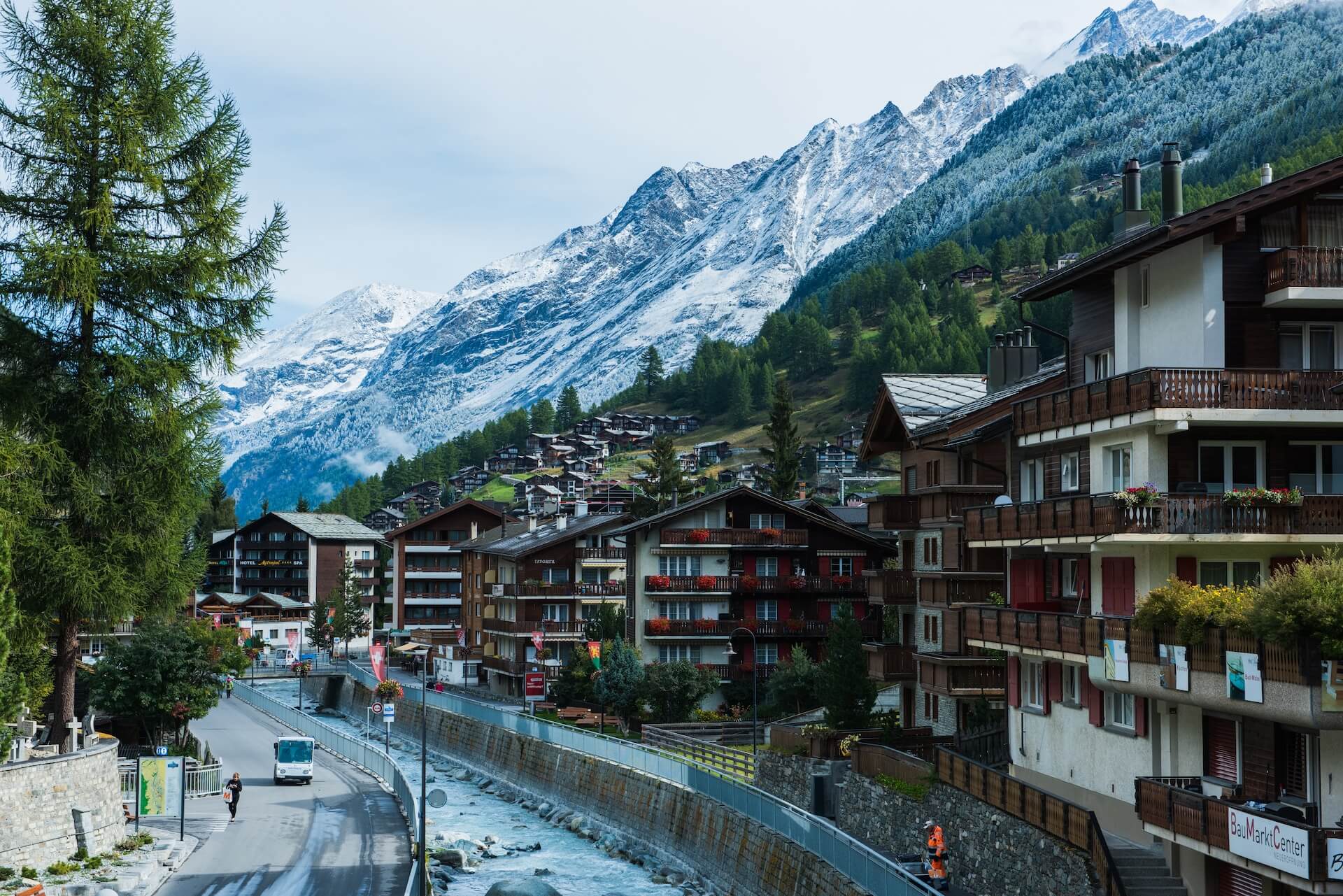
– Daytime Temperature: 28°F
– Nighttime Temperature: 15°F
Reasons to Visit
Majestic Matterhorn: Zermatt, nestled in the heart of the Swiss Alps, is synonymous with the iconic Matterhorn, a majestic peak that stands as one of the most recognizable and revered mountains on the planet. Beyond the exhilarating thrill of skiing on the pristine slopes of the surrounding region, the sheer presence of this legendary mountain adds an indescribable charm to the winter experience in Zermatt. The Matterhorn, with its distinctive pyramid shape and towering height, serves as a breathtaking backdrop to every aspect of life in Zermatt. Its snow-covered slopes and dramatic ridges create a mesmerizing panorama that captivates visitors from around the globe. The mountain’s silhouette is especially enchanting during sunrise and sunset when it is often bathed in hues of pink and orange, casting an ethereal glow over the surrounding landscapes.The Matterhorn adds a sense of awe and reverence to the winter atmosphere, whether you’re exploring the charming streets of Zermatt, dining in a mountaintop restaurant, or gliding down the ski slopes
Car-Free Charm: As you step into Zermatt, the quietude is broken only by the gentle clip-clop of horse-drawn carriages, providing an idyllic soundtrack to your exploration. The decision to eschew cars in Zermatt enhances the charm of the village, allowing visitors to leisurely stroll along cobblestone streets that wind their way through the heart of the alpine retreat. This absence of traffic not only contributes to the village’s peaceful ambiance but also ensures a safer and more enjoyable pedestrian experience. It’s a refreshing departure from the hustle and bustle of city life, creating an oasis where the natural beauty of the surroundings takes center stage. The cobblestone streets are flanked by charming boutiques, quaint shops, and artisanal stores, each offering a unique glimpse into the local culture. From Swiss watches and traditional crafts to high-end fashion and outdoor gear, Zermatt’s car-free village allows for a leisurely and immersive shopping experience. Without the noise and fumes of cars, visitors can fully appreciate the crisp mountain air as they explore the diverse offerings of the village’s boutiques. This also allows for open-air dining on charming terraces, where patrons can indulge in Swiss specialties or international dishes while surrounded by the serene alpine setting.
4. Salzburg, Austria
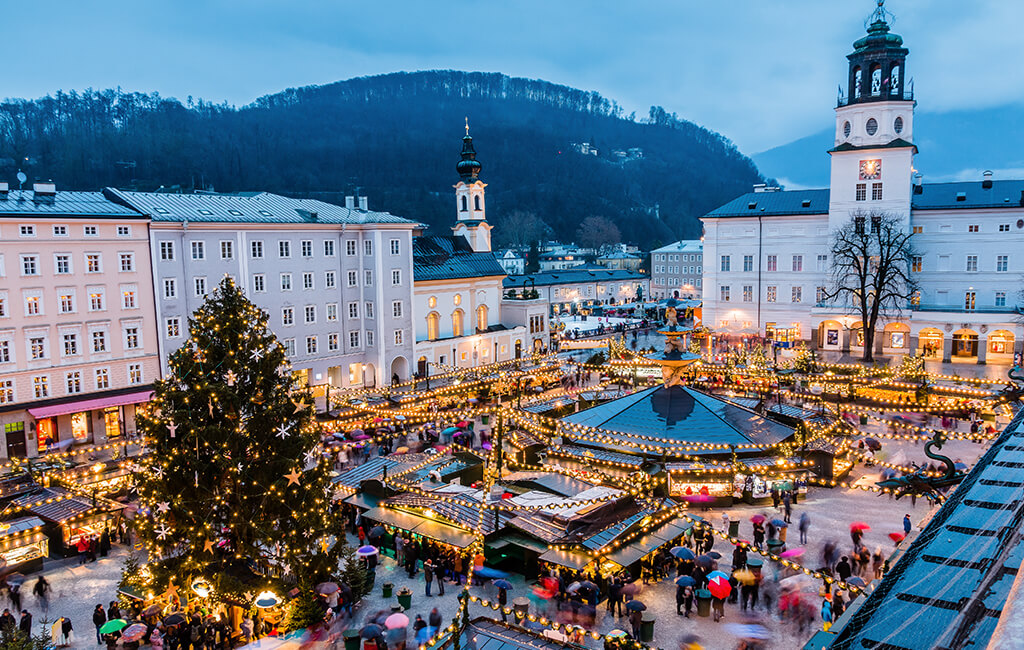
– Daytime Temperature: 37°F
– Nighttime Temperature: 22°F
Reasons to Visit
Magical Christmas Markets: The heart of Salzburg comes alive every December with the enchantment of Christmas markets. The pealing of countless church bells reminds us that Christmas is near, and the Salzburg Christmas markets will fill you with warmth as you look out to the city’s snow-covered roofs, domes and towers. The smell of punch and toasted almonds, hot roasted chestnuts and freshly baked apple envelopes you, and the vendors’ gingerbread hearts, nativity figures, Christmas tree ornaments, toys, and snug knitwear are irresistible. Local craftspeople and artisans showcase their talents at the Christmas markets, presenting an array of handmade treasures and traditional gifts. From intricately crafted ornaments and festive decorations to locally produced textiles and woodwork, the markets offer a perfect opportunity to discover unique and meaningful souvenirs. Live performances, including traditional carolers, musical ensembles, and street performers, infuse the Christmas markets with an additional layer of festive joy.
Mozart’s Hometown: Salzburg, beyond its enchanting seasonal festivities, beckons visitors to embark on a captivating exploration of its rich cultural heritage, particularly as the birthplace of the musical genius, Wolfgang Amadeus Mozart. The city offers a historical journey through time, inviting you to delve into the life and legacy of one of the world’s greatest composers through key landmarks such as Mozart’s residence, the iconic Getreidegasse, and the majestic Salzburg Cathedral. At the heart of this cultural pilgrimage is Mozart’s residence, providing an intimate glimpse into the maestro’s early life. Preserved as a museum, the residence showcases Mozart’s family memorabilia, original instruments, and personal artifacts. Walking through the rooms where Mozart lived and composed allows visitors to connect with the genius of his musical creations, offering a profound understanding of the environment that shaped his prodigious talent. The renowned Getreidegasse, a bustling and picturesque street in Salzburg’s Old Town, adds another layer to the exploration of Mozart’s legacy. It’s here that you’ll find the very house in which Mozart was born. The facade, adorned with an ornate iron guild sign, stands as a historic testament to the composer’s roots. As you wander through the charming cobblestone alley, lined with vibrant shops, you can almost sense the echoes of Mozart’s early years and the ambiance that inspired his musical genius.
5. Niseko, Japan
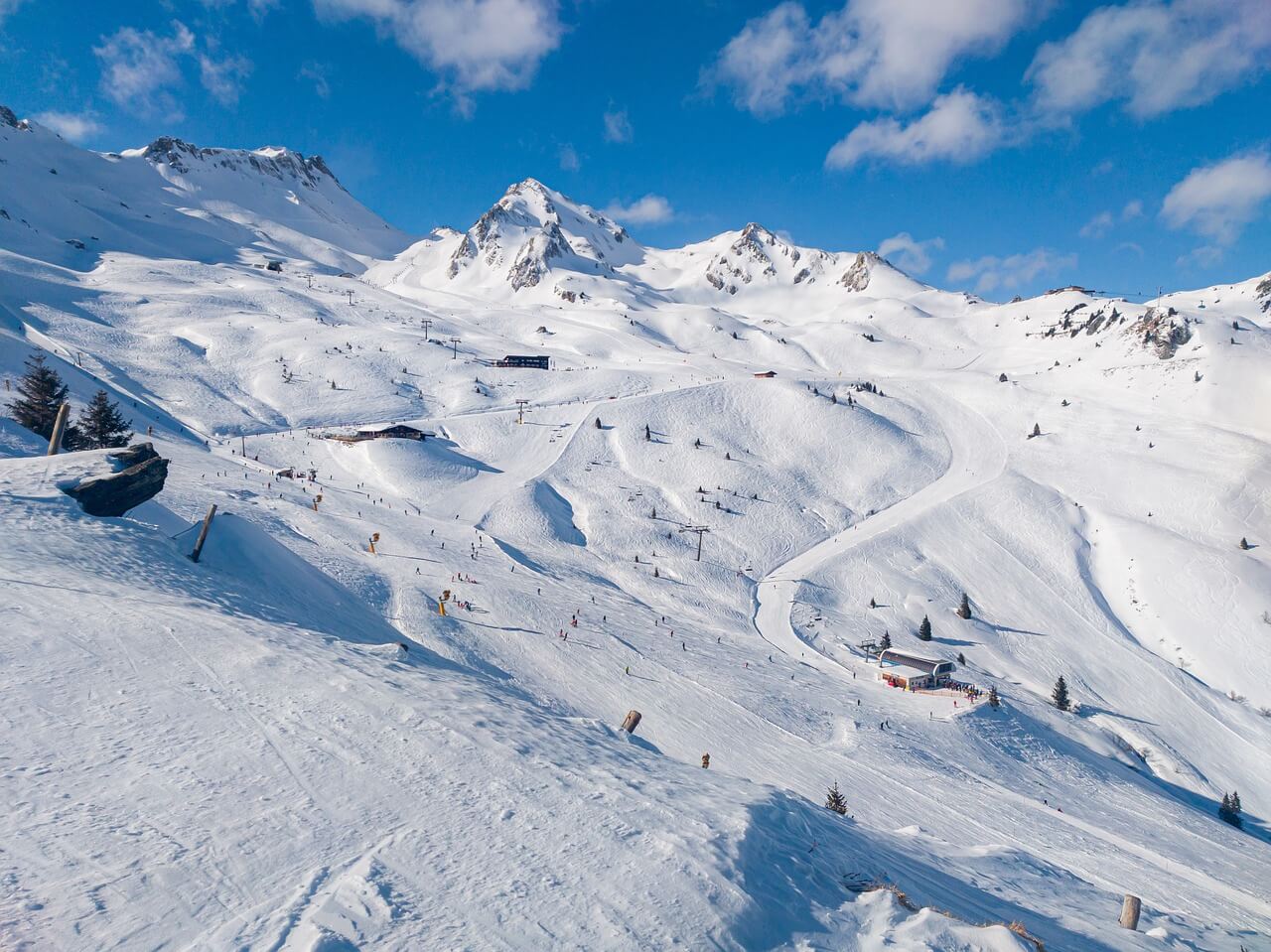
– Daytime Temperature: 28°F
– Nighttime Temperature: 19°F
Reasons to Visit:
Powder Paradise: Renowned globally for its consistently excellent snow conditions, Niseko boasts a powder snow reputation that draws winter sports enthusiasts from around the world. The term “Japow” has become synonymous with Niseko, signifying the unique blend of Japan and powder, and encapsulating the exceptional quality of snow that blankets the slopes. The snow in Niseko is not only abundant but also exceptionally dry and light, creating an almost ethereal experience as skiers and snowboarders carve through the pristine powder. The snow conditions are particularly renowned for their suitability for deep powder skiing, attracting both seasoned professionals and those looking to experience the magic of waist-deep snow for the first time. Niseko’s powder paradise extends across its expansive ski resorts, including Grand Hirafu, Annupuri, Niseko Village, and Hanazono. Each of these resorts offers a variety of slopes, from gentle runs for beginners to challenging off-piste areas for advanced skiers and snowboarders. The combination of diverse terrain and consistently outstanding powder conditions ensures that Niseko caters to snow enthusiasts of all skill levels.
Onsen Bliss: After a day of exhilarating adventures on the slopes in Niseko, immerse yourself in the enriching and traditional Japanese experience of onsen bathing. This centuries-old practice not only offers a chance to unwind but also provides a holistic and rejuvenating escape, blending the thrill of winter sports with the serenity of hot springs set against the backdrop of snow-covered landscapes. Niseko’s onsen culture is an integral part of the après-ski experience, offering a unique opportunity to relax and rejuvenate in the soothing embrace of natural hot springs. These onsens, scattered throughout the region, vary in size and ambiance but share the common thread of providing an authentic Japanese bathing experience. The therapeutic mineral-rich waters, heated by volcanic activity in the region, are believed to have various health benefits, from relieving muscle tension to promoting overall well-being. As you soak in the warm embrace of the onsen, surrounded by the crisp air and the hush of snow-covered landscapes, you’ll find a perfect blend of adventure recovery and serene relaxation.
6. The Everglades, Florida

– Daytime Temperature: 75°F
– Nighttime Temperature: 55°F
Reasons to Visit:
Mild Winter Climate: In December, the Everglades offer a tranquil escape from the winter chill, providing an ideal environment for outdoor enthusiasts and nature lovers to immerse themselves in the breathtaking landscapes and diverse wildlife that characterize this extraordinary region. With temperatures ranging from pleasantly cool to comfortably warm, you can embark on adventures without the intensity of the summer heat, making it an opportune time to discover the park’s diverse ecosystems and natural wonders. The absence of sweltering temperatures enhances the overall experience, allowing you to appreciate the beauty of the sawgrass prairies, mangrove forests, and expansive wetlands. Birdwatching enthusiasts will especially appreciate the opportunity to observe migratory birds that flock to the Everglades during the winter months. This is also a great time for activities like hiking, kayaking, and wildlife spotting. The Everglades’ network of trails, waterways, and observation points becomes more accessible, offering a chance to discover the park’s biodiversity up close. From alligators basking in the sun to manatees leisurely navigating the waterways, the Everglades come alive with fascinating wildlife during this season.
Airboat Adventures: The airboat’s flat-bottom design allows it to navigate the shallow waters and intricate waterways of the Everglades, providing access to areas that are otherwise challenging to reach. As you speed through the water, the thrill of the airboat ride itself adds an extra layer of excitement to the adventure. The highlight of these airboat tours is the opportunity to spot alligators, one of the Everglades’ most iconic inhabitants. The skilled airboat guides are adept at locating these impressive reptiles, and visitors often have the chance to witness them in their natural habitat—basking in the sun on the banks or gliding stealthily through the water. The close encounters with alligators create a sense of awe and appreciation for the unique ecosystem of the Everglades. In addition to alligators, the Everglades are a haven for exotic bird species. Airboat tours provide an excellent vantage point for birdwatching enthusiasts to observe and photograph these feathered inhabitants. From graceful wading birds to colorful and elusive species, the Everglades’ avian diversity unfolds as you glide through the marshes, creating a birdwatcher’s paradise.
7. Siem Reap, Cambodia
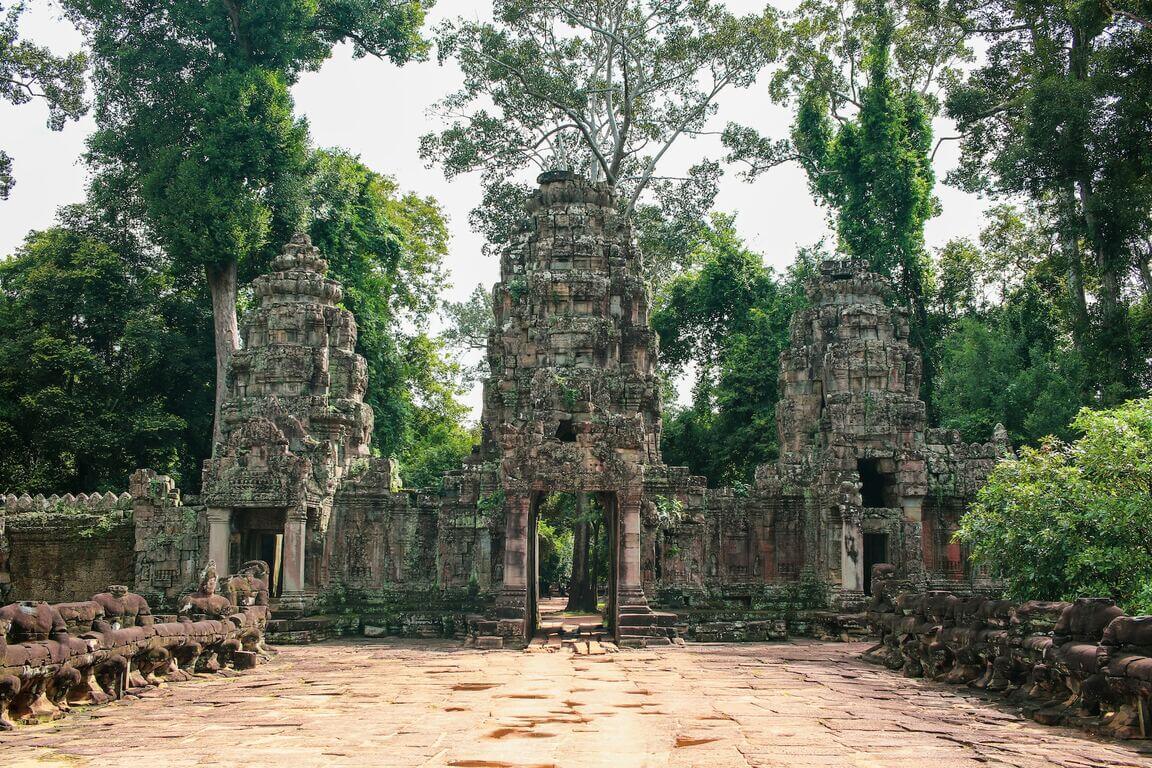
– Daytime Temperature: 86°F
– Nighttime Temperature: 70°F
Reasons to Visit
Angkor Wat Marvel: Set against the backdrop of Cambodia’s rich history, the ancient temples of Angkor Wa, with their intricate details and expansive structures, stand as silent witnesses to the passage of time. At the heart of Angkor Wat lies the eponymous temple, a symbol of Cambodia and one of the most iconic religious monuments globally. December offers favorable weather conditions for exploring this sprawling complex, where the grandeur of Khmer architecture and the artistic mastery of the builders come to life. The temple’s intricate bas-reliefs and majestic towers reveal the profound spiritual and cultural significance embedded in every stone, providing a captivating glimpse into Cambodia’s storied past. Beyond Angkor Wat, December is a great time to explore other significant temples within the Angkor Archaeological Park. From the enigmatic faces of Bayon in Angkor Thom to the jungle-covered ruins of Ta Prohm, the various temples offer a diverse look into Cambodia’s architectural styles and historical narratives. The drier weather contributes to clearer visibility, allowing visitors to capture the beauty of these ancient structures against the backdrop of blue skies and lush vegetation.
Cultural Fusion: One of the most compelling aspects of Siem Reap’s cultural fusion is evident in its local cuisine. Traditional Khmer dishes, characterized by aromatic herbs, bold spices, and the use of rice as a staple, offer a delectable journey into Cambodian culinary heritage. From the iconic fish amok to flavorful Khmer curries, the local food scene reflects the rich heritage of Khmer gastronomy. Additionally, the French colonial legacy is evident in the city’s bakeries and cafes, where freshly baked baguettes and French-inspired pastries coexist harmoniously with Cambodian flavors. This delightful blend of culinary traditions allows visitors to savor a diverse range of tastes, showcasing the cultural diversity that defines Siem Reap. Vibrant markets further exemplify Siem Reap’s cultural fusion, where traditional Khmer markets and French-inspired boutiques coalesce. Explore the bustling stalls of local markets, such as Psar Chaa, proviefe the opportunity to engage with local vendors, sample exotic fruits, and discover handmade crafts that embody Cambodia’s artistic heritage. In contrast, the Old Market, or Psar Chas, offers a blend of traditional Khmer goods and French-inspired products, creating a dynamic shopping experience that mirrors the city’s cultural intersection. Architecturally, Siem Reap showcases a fascinating juxtaposition of Khmer and French colonial influences. The historic Old French Quarter, with its charming colonial-era buildings and tree-lined boulevards, stands in contrast to the intricate temples and palaces that reflect Cambodia’s rich Khmer history. This architectural fusion tells a visual story of Siem Reap’s past, where the French colonial period left an indelible mark on the city’s urban landscape.
8. Singapore
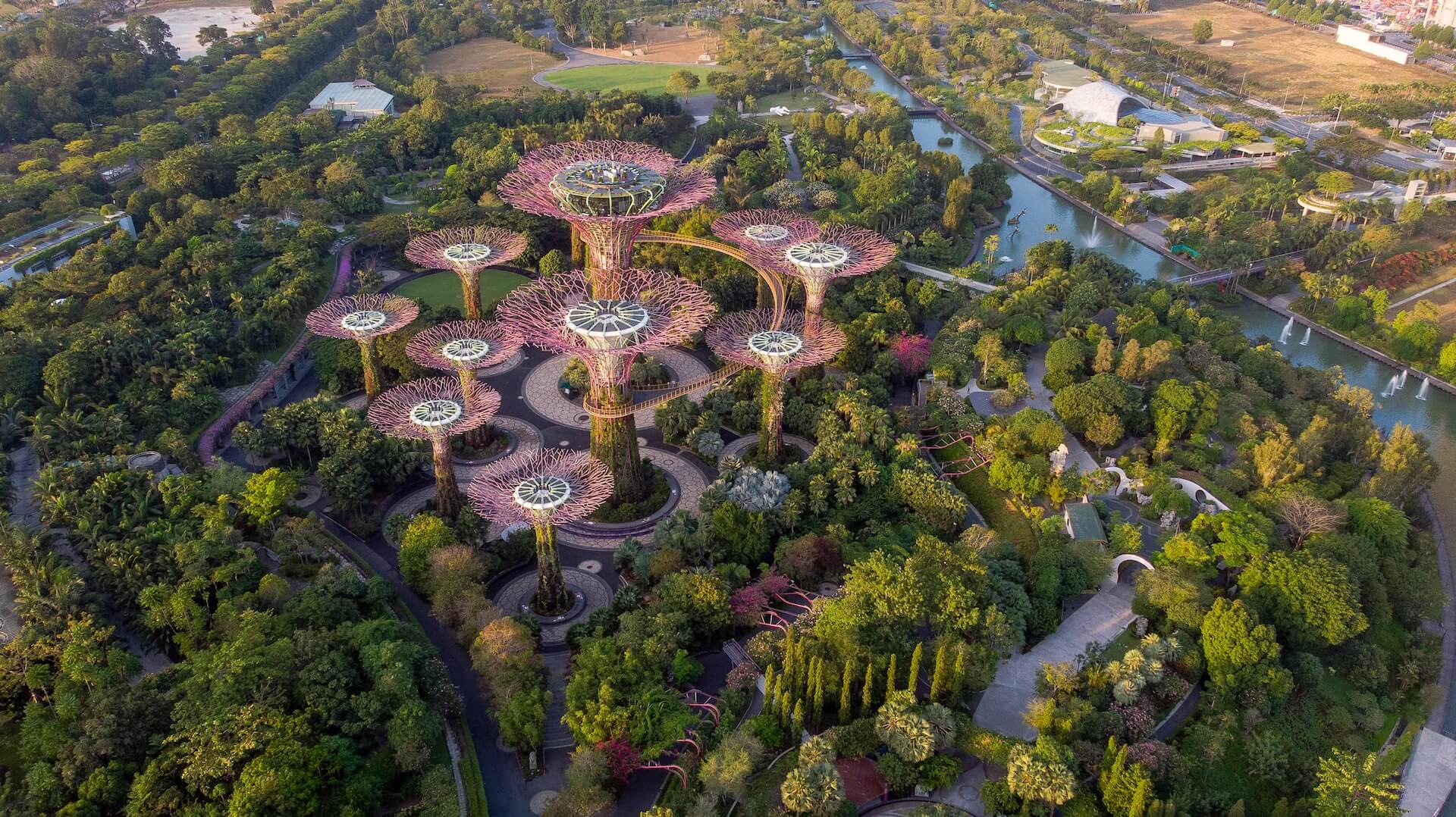
– Daytime Temperature: 86°F
– Nighttime Temperature: 76°F
Reasons to Visit
Gardens by the Bay: Nestled in the heart of Singapore, a city-state celebrated for its futuristic skyline, Gardens by the Bay stands as an iconic testament to the harmonious fusion of nature and modern architecture. This captivating destination invites visitors to wander through the enchanting Supertree Grove, marvel at the innovative design of the Flower Dome, and immerse themselves in a breathtaking experience where the boundaries between urban sophistication and natural beauty blur seamlessly. The Supertree Grove, a defining feature of Gardens by the Bay, boasts towering vertical gardens ranging from 25 to 50 meters in height. These colossal structures are adorned with a diverse array of plants and flowers, creating a surreal and visually stunning landscape. As you meander through the grove, the Supertrees offer a sensory journey, where the intertwining of lush greenery and cutting-edge architectural design creates a futuristic oasis within the bustling cityscape of Singapore. In the heart of Gardens by the Bay lies the mesmerizing Flower Dome—a vast glass conservatory that encapsulates the beauty of diverse plant life from around the globe. Inside, themed gardens transport visitors to different climates, from arid deserts to Mediterranean landscapes. The Flower Dome’s architectural brilliance lies in its ability to recreate distinct ecosystems, providing a captivating and educational experience that showcases the breathtaking diversity of flora on our planet. The Cloud Forest, featuring a stunning waterfall and rich vegetation, offers an indoor rainforest experience that highlights the fragility of ecosystems and the importance of biodiversity conservation. The experience extends to the OCBC Skyway, an elevated walkway offering panoramic views of the Supertree Grove and the city skyline. Additionally, the nightly Garden Rhapsody light and sound show transforms the Supertrees into a dazzling display of colors, further accentuating the enchanting atmosphere of this urban oasis.
Culinary Paradise: Singapore’s culinary landscape stands as a true paradise for food enthusiasts, offering a diverse and delectable array of flavors that reflect the city-state’s rich multicultural heritage. Whether you’re exploring street food stalls or indulging in high-end dining, Singapore’s gastronomic scene is a melting pot of culinary delights that promises to tantalize your taste buds. One of the most captivating aspects of Singapore’s culinary scene is its vibrant street food culture. Hawker centers, scattered throughout the city, beckon with the enticing aromas of local favorites. Delight in iconic dishes such as Hainanese chicken rice, laksa, and chili crab, each showcasing the unique blend of Chinese, Malay, Indian, and Peranakan influences that define Singaporean cuisine. The communal dining atmosphere of hawker centers adds to the authenticity of the experience, allowing you to savor an array of flavors in a bustling and convivial setting. For those seeking a more refined culinary adventure, Singapore boasts a plethora of high-end dining establishments. The city is home to a constellation of Michelin-starred restaurants, where world-class chefs craft exquisite dishes that blend innovation with traditional flavors. From contemporary interpretations of local classics to international haute cuisine, Singapore’s fine dining scene caters to the most discerning palates, providing a gastronomic journey that transcends cultural boundaries. Singapore’s multicultural heritage is not only evident in its diverse dishes but also in the unique dining enclaves that dot the city. Explore neighborhoods like Chinatown, Little India, and Kampong Glam, each offering a distinct culinary identity. Wander through bustling markets, where the air is infused with the scents of spices, and discover hidden gems that showcase the culinary traditions of different communities. The city-state’s commitment to culinary excellence is also reflected in its annual food festivals, such as the Singapore Food Festival and World Gourmet Summit. These events celebrate the art of dining, bringing together local and international chefs to showcase their culinary prowess and introduce innovative culinary concepts.

